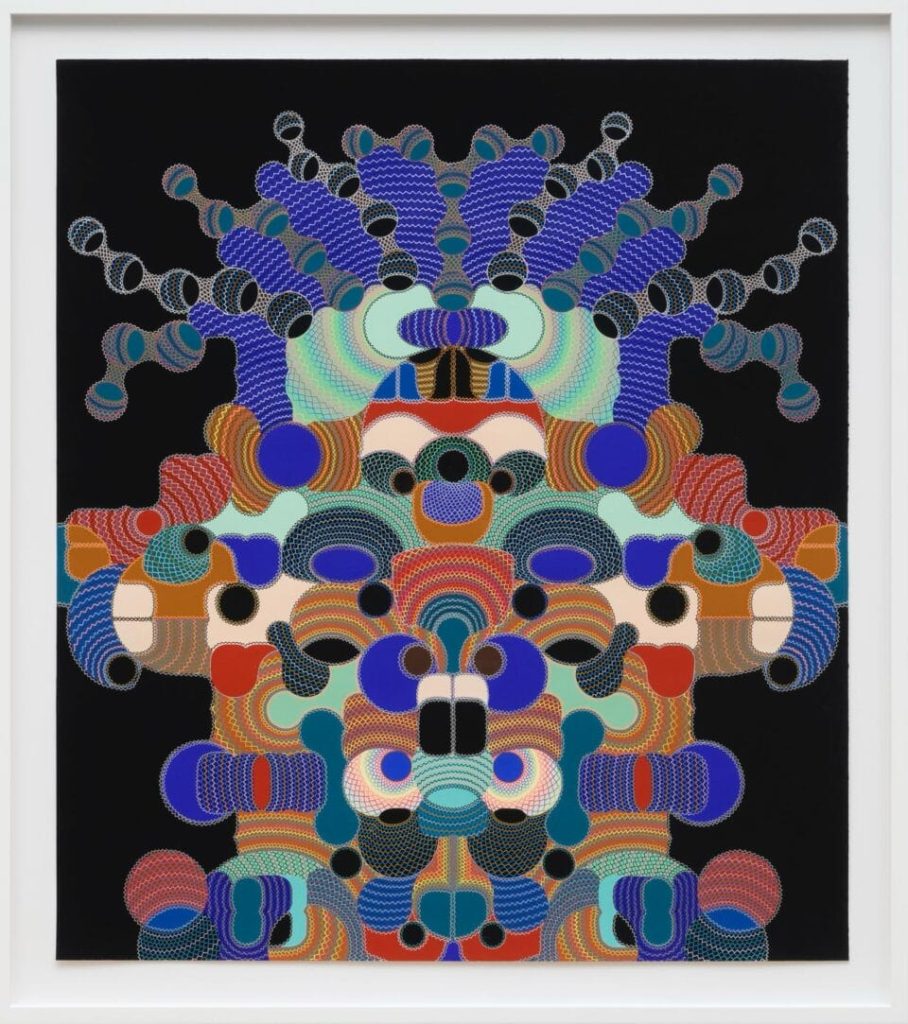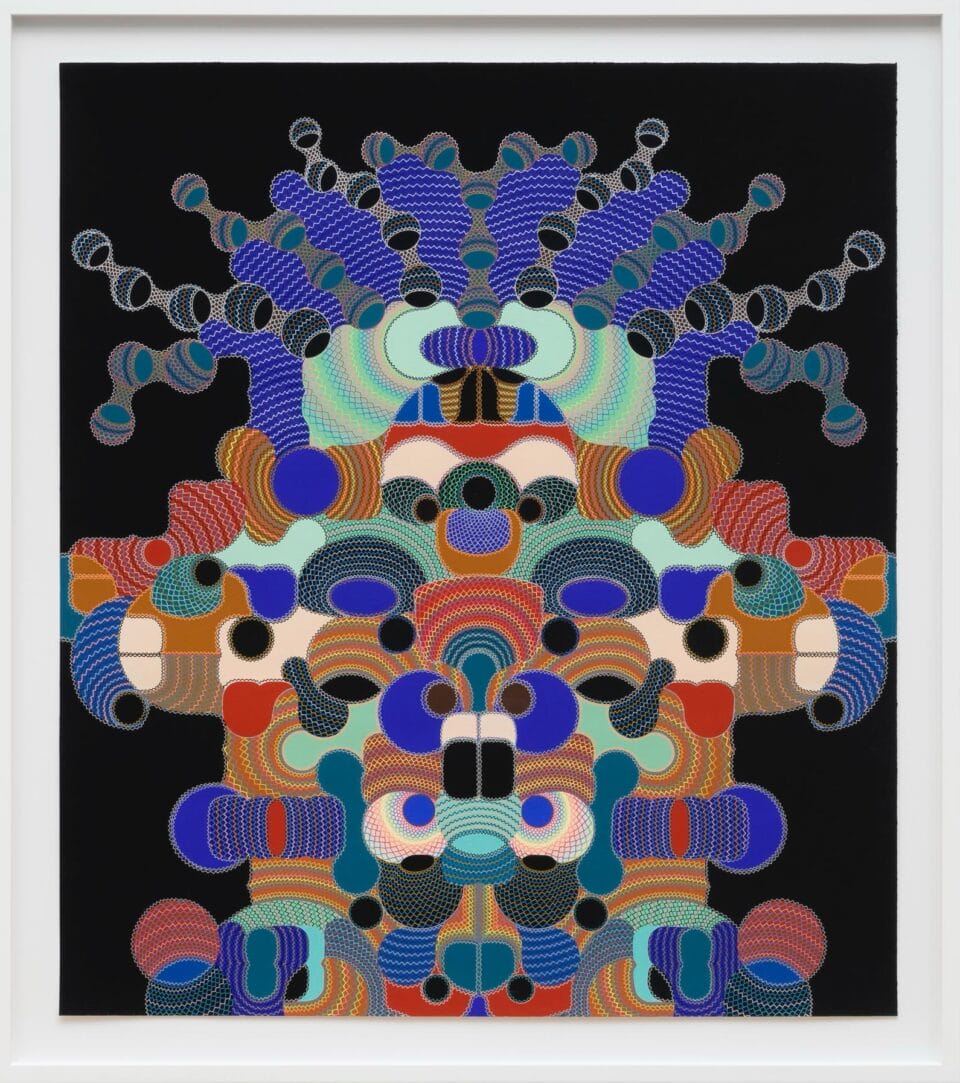
Illustrative Embroideries of Japanese Hiragana Display the Diversity of Words Created by Every Character

Stitching Symbols: Tomoko Kubo’s Embroidered Journey with Japanese Hiragana
Language transcends simple words—it embodies art, culture, and self-expression woven into the tapestry of society. For illustrator and embroidery artist Tomoko Kubo, it is literally woven into textiles. With needle and thread, Kubo is reimagining the Japanese hiragana alphabet into a vibrant fabric narrative, transforming each character into a visual tale overflowing with vitality.
A Voyage Through Hiragana with Embroidery
The Japanese writing system consists of multiple scripts, among them hiragana, a syllabary that includes 46 basic phonetic symbols. Used for native Japanese vocabulary and grammatical purposes, these straightforward forms lay the groundwork for literacy in Japanese. For numerous learners, mastering hiragana can seem like an overwhelming task—but Kubo’s initiative injects playful creativity into each character, making them not just informative but also enchanting pieces of textile artistry.
Kubo embarked on this artistic journey as a personal venture, aiming to illustrate the hiragana alphabet letter by letter. Utilizing embroidery as her technique, Kubo portrays tiny visual narratives within the rounded confines of each character. Each piece creatively represents objects and concepts that correspond with the respective syllable—delicacies like sushi, creatures like squirrels, or seasonal motifs such as sakura (cherry blossoms).
Even those unfamiliar with the Japanese language can instinctively understand the themes within each character. Kubo’s embroidery crafts a narrative for every syllable, inviting viewers to explore through visual observation, color, and texture, rather than mere memorization.
A Creative Approach to Stitching Language
From a technical perspective, the embroidery utilizes a range of stitches, with Kubo’s cornerstone being the traditional satin stitch. This fundamental, beginner-friendly technique employs closely aligned parallel stitches to produce solid color blocks reminiscent of satin. By altering the direction and flow of these parallel threads, Kubo infuses each design with dynamic movement and dimension.
To enhance texture and authenticity, she also integrates various advanced stitches. French knots—in their petite coiled exuberance—simulate fish roe or delicate flowers, while the fluffy loops of turkey work lend volume to furry animals or delightful treats like shrimp tempura. Collectively, these stitching methods enable Kubo to create scenes that are rich with tactile appeal and artistic finesse.
From “Sa” to “So”: The Ongoing Journey
Currently, Kubo has finished characters such as “Sa” (さ), “Shi” (し), “Su” (す), and “Se” (せ), and is actively working on “So” (そ). The project is continuously evolving, character by character, thread by thread. What started as a personal initiative has gained traction as followers appreciate the intersection of literacy, linguistics, and artisanal embroidery.
This work primarily emphasizes how written language—particularly one with visually unique characters like hiragana—can serve as a canvas for artistic expression. Through Kubo’s needlework, each syllable becomes a tribute to Japanese culture, rich with joy, nostalgia, and intrigue.
A Fresh Perspective on Language Appreciation
Kubo’s embroidery project highlights the universal notion that art knows no boundaries. Her stitched hiragana characters do not necessitate a background in Japanese for appreciation. Instead, they transform into microcosms of meaning that convey their message through visual artistry and charm.
For language enthusiasts, this method offers an engaging alternative to traditional rote memorization of characters. For art lovers, it serves as an exceptional instance of how classical embroidery can be revitalized through modern design principles.
Following Kubo’s journey is not solely a visual delight—it’s also a linguistic adventure, prompting us to view letters not simply as symbols but as gateways into cuisine, wildlife, seasons, and human experience.
Follow the Project
To witness the evolution of Kubo’s stitched hiragana alphabet, follow her on Instagram at @kubotomo8 or explore her website at tomocco.net. Each update illuminates the richness of Japanese culture through the humble yet impactful medium of embroidery.
Related Articles:
– Celebrate National Embroidery Month With a Selection of Online Classes
– Illustrator Uses Embroidery Skills to Craft Charming Custom Pet Portraits
– Animal Embroidery Created With Lively Splashes of Colorful Stitches
Whether you are a language aficionado, an embroidery lover, or simply an admirer of cross-disciplinary creativity, Tomoko Kubo’s extraordinary alphabet artistry is bound to captivate and educate.